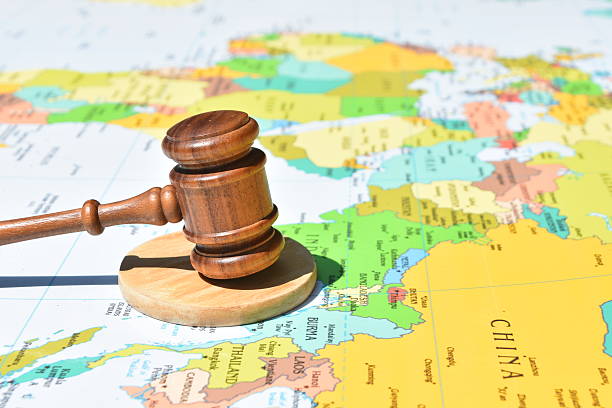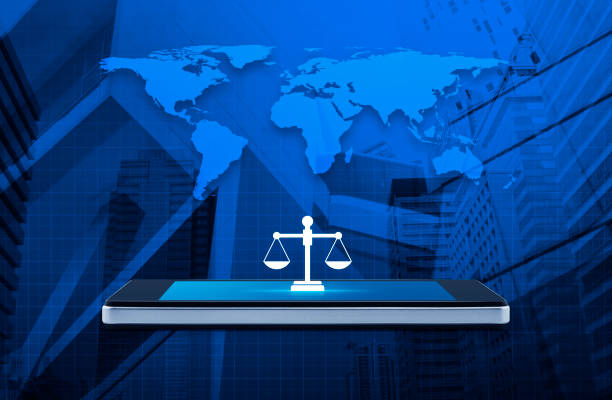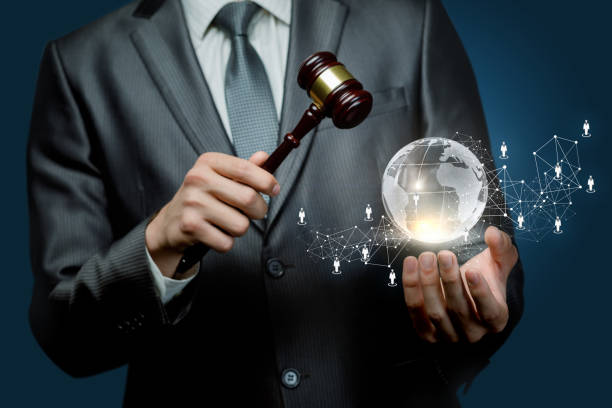Introduction
In a world driven by innovation, the safeguarding of intellectual property is paramount. Patent laws serve as the bedrock for encouraging inventors by providing exclusive rights to their creations. However, the nuances of patent systems vary significantly across jurisdictions, reflecting the unique legal, economic, and cultural landscapes. In this exploration, we delve into the intricate details of patent laws in the United States, European Union, China, and India, unraveling the historical evolution, legal frameworks, application processes, patentability criteria, enforcement mechanisms, and emerging trends and challenges.

1. Roots of Patent Protection
The history of patent protection dates back centuries, finding its origins in medieval Europe. Royal privileges were granted to inventors, laying the foundation for what would evolve into modern patent systems.
United States: Constitutional Basis
The U.S. patent system finds its roots in the Constitution, empowering Congress to grant exclusive rights to inventors. This laid the groundwork for a patent system that fosters innovation through legal protection.
European Union: Unified Patent System
The European Patent Convention (EPC) established a unified patent system across EU member states. However, enforcement remains within the jurisdiction of individual member states, creating a delicate balance between unity and diversity.
China and India: Shifting Paradigms
Both China and India have undergone significant transformations in recent decades, transitioning from models of imitation to innovation. This shift is reflected in their evolving patent systems, aligning with their economic development trajectories.
2. Legal Frameworks
United States: First-to-Invent System
The U.S. operates under a first-to-invent system, where the first person to conceive and reduce an invention to practice is granted the patent. The United States Patent and Trademark Office (USPTO) plays a pivotal role in examining and granting patents.
European Union: The European Patent Convention
The European Patent Convention establishes a unified patent system, with the European Patent Office (EPO) responsible for granting patents. However, the enforcement of these patents remains within the jurisdiction of individual member states.
China: First-to-File System
China’s patent system operates on a first-to-file basis, reflecting the nation’s commitment to promoting domestic innovation. The State Intellectual Property Office (SIPO) oversees the examination and grant of patents.
India: Aligning with International Standards
India’s patent system has undergone reforms to align with international standards. The Indian Patent Office grants patents based on the first-to-file system, emphasizing the importance of novelty and inventive step.

3. Application Processes
United States: Rigorous Examination
The U.S. employs a rigorous examination process, evaluating patent applications for novelty, non-obviousness, and utility. Provisional and non-provisional applications allow inventors to secure a filing date.
European Union: Centralized Examination
The EPO conducts a centralized examination process, ensuring uniform standards for patentability. Applicants can choose to validate their European patents in individual member states.
China: Streamlined Process
China’s patent application process has been streamlined to encourage domestic innovation. The SIPO conducts a substantive examination to determine patentability.
India: Evaluating Novelty and Inventive Step
India’s patent examination process evaluates applications for novelty, inventive step, and industrial applicability. The process includes pre-grant oppositions, allowing third parties to challenge the grant of a patent.
4. Patentability Criteria
United States: Non-Obviousness and Enablement
Patents in the U.S. are granted for any new and useful process, machine, manufacture, or composition of matter. Non-obviousness and enablement are crucial criteria for patentability.
European Union: Criteria Outlined in the EPC
The EPC outlines patentability criteria, emphasizing novelty, inventive step, and industrial applicability. Exclusions, such as methods for treatment of the human body, are specified.
China: Utility and Inventiveness
China’s patent law covers inventions, utility models, and designs, with an emphasis on utility and inventiveness. Exclusions include scientific discoveries, rules, and methods for mental activities.
India: Novelty, Inventive Step, and Industrial Applicability
Patentable subject matter in India includes inventions that are novel, involve an inventive step, and are capable of industrial application. Exclusions relate to inventions contrary to public order, morality, and essential biological processes.
5. Enforcement Mechanisms
United States: Federal Courts and ITC
Patent infringement cases in the U.S. are adjudicated in federal courts, with the International Trade Commission handling certain disputes. Remedies include injunctions, damages, and, in some cases, treble damages for willful infringement.
European Union: National Enforcement and UPC
Enforcement of European patents occurs at the national level, with differences in litigation procedures among member states. The Unified Patent Court (UPC) aims to provide a centralized forum for patent litigation.
China: Specialized Tribunals and Administrative Remedies
Chinese courts handle patent infringement cases, with specialized intellectual property tribunals in major cities. Remedies include injunctions, damages, and administrative remedies.
India: District Courts and Patent Validity Challenges
Patent disputes in India are adjudicated by district courts, with the option for the defendant to challenge the validity of the patent. Remedies include injunctions, damages, and accounts of profits.

6. Emerging Trends and Challenges
United States: Patent Eligibility Challenges
The U.S. faces challenges in patent eligibility, particularly in the fields of software and biotechnology. Emerging trends include the impact of artificial intelligence on patent law and the evolving role of non-practicing entities.
European Union: Delays in Establishing the UPC
The establishment of the UPC promises streamlined patent litigation, but delays and uncertainties persist. Challenges include balancing uniformity with the diverse legal traditions of member states.
China: Global Patent Powerhouse
China is becoming a global patent powerhouse, with a focus on quality and innovation. Challenges include addressing concerns of intellectual property theft and ensuring fair treatment for foreign entities.
India: Harmonizing with Public Health Priorities
India is navigating the delicate balance between promoting innovation and ensuring access to essential medicines. Challenges include addressing the backlog of patent applications and harmonizing the patent system with public health priorities.
Conclusion
In conclusion, the comparison of patent laws across different jurisdictions reveals a rich tapestry of legal frameworks, application processes, and enforcement mechanisms. While common principles underpin these systems, the nuances reflect the unique economic, cultural, and historical contexts of each jurisdiction. As innovation continues to drive global progress, understanding these variations becomes essential for inventors, businesses, and policymakers navigating the complex landscape of intellectual property protection. The dynamic nature of patent laws requires ongoing analysis and adaptation to foster a balance between incentivizing innovation and promoting fair competition on a global scale.

